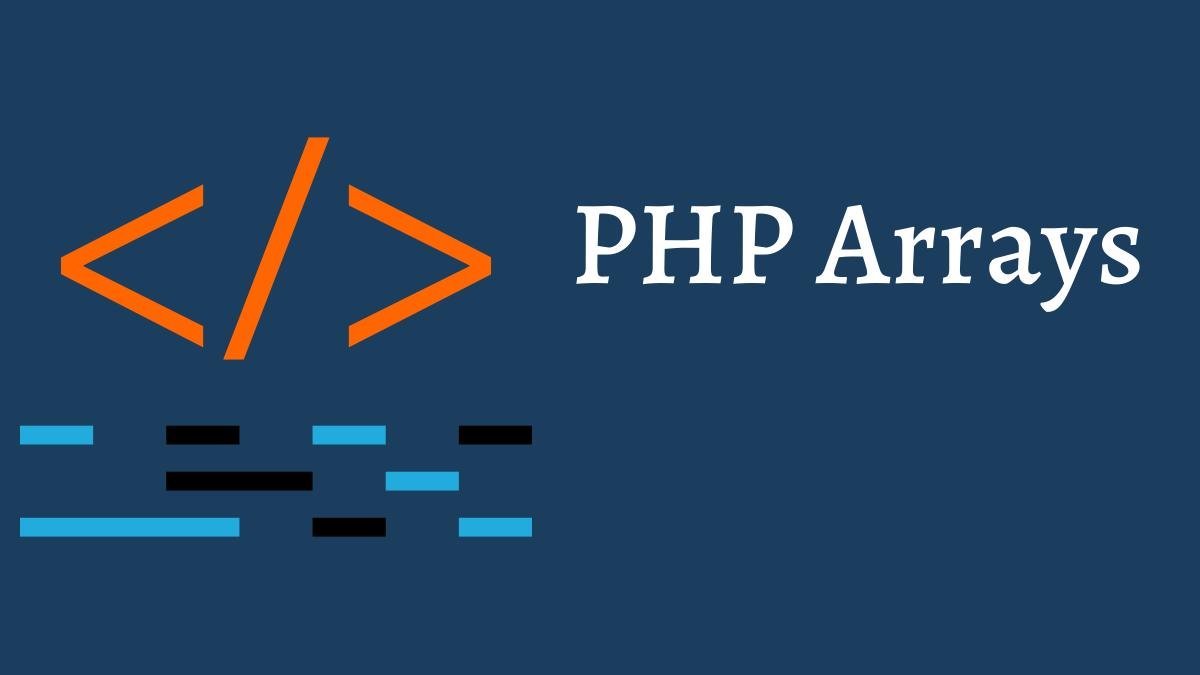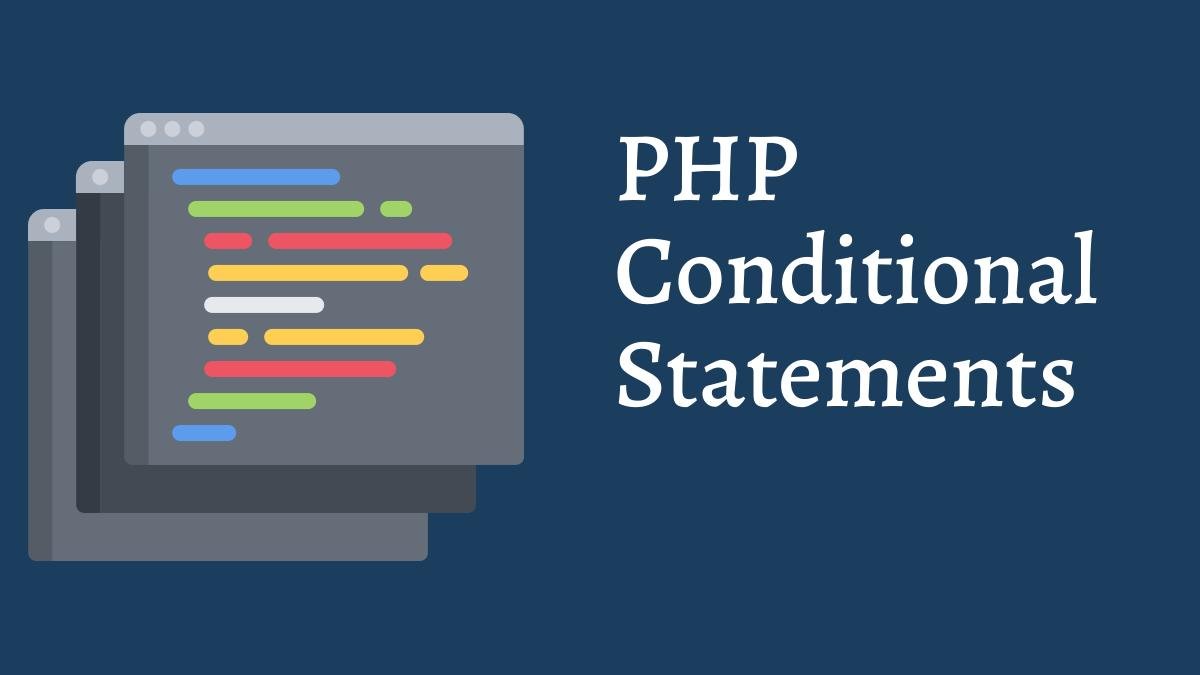PHP Arrays: Associative and Multidimensional
PHP Arrays: Associative and Multidimensional
In PHP, arrays are versatile data structures that allow you to store and manipulate collections of data. Two common types of arrays are associative arrays and multidimensional arrays. In this tutorial, we’ll explore how to work with these types of arrays in PHP.
Associative Arrays
An associative array uses named keys instead of numerical indexes to access its elements. Each element in an associative array is a key-value pair.
Creating an Associative Array
You can create an associative array like this:
$person = array(
"first_name" => "John",
"last_name" => "Doe",
"age" => 30,
"email" => "john@example.com"
);
Alternatively, you can use the shorthand array syntax introduced in PHP 5.4:
$person = [
"first_name" => "John",
"last_name" => "Doe",
"age" => 30,
"email" => "john@example.com"
];
Accessing Elements in an Associative Array
You can access elements in an associative array using their keys:
echo $person["first_name"]; // Outputs "John"
echo $person["email"]; // Outputs "john@example.com"
Modifying and Adding Elements
You can modify the value of an element in an associative array by assigning a new value to its key:
$person["age"] = 31; // Update the age
You can also add new key-value pairs to an associative array:
$person["city"] = "New York";
Removing Elements
To remove an element from an associative array, you can use the unset() function:
unset($person["age"]); // Removes the "age" element
Multidimensional Arrays
A multidimensional array is an array of arrays, allowing you to create more complex data structures. These arrays can have multiple levels of nesting.
Creating a Multidimensional Array
Here’s an example of a simple two-dimensional array representing a list of students and their scores:
$students = [
["name" => "Alice", "score" => 85],
["name" => "Bob", "score" => 92],
["name" => "Charlie", "score" => 78]
];
Accessing Elements in a Multidimensional Array
To access elements in a multidimensional array, you’ll need to specify the keys for each level of nesting:
echo $students[0]["name"]; // Outputs "Alice"
echo $students[1]["score"]; // Outputs 92
Modifying and Adding Elements
To modify an element in a multidimensional array, you can assign a new value to its key as shown above for associative arrays. To add new elements, you can simply assign a value to a new key at the desired level of nesting.
Removing Elements
To remove an element from a multidimensional array, use unset() as you would with an associative array.
Conclusion
Associative arrays and multidimensional arrays are valuable tools in PHP for organizing and manipulating data. They provide flexibility for handling more complex data structures, such as records with multiple properties or collections of related data. Understanding how to work with these types of arrays is essential for effective PHP programming.





